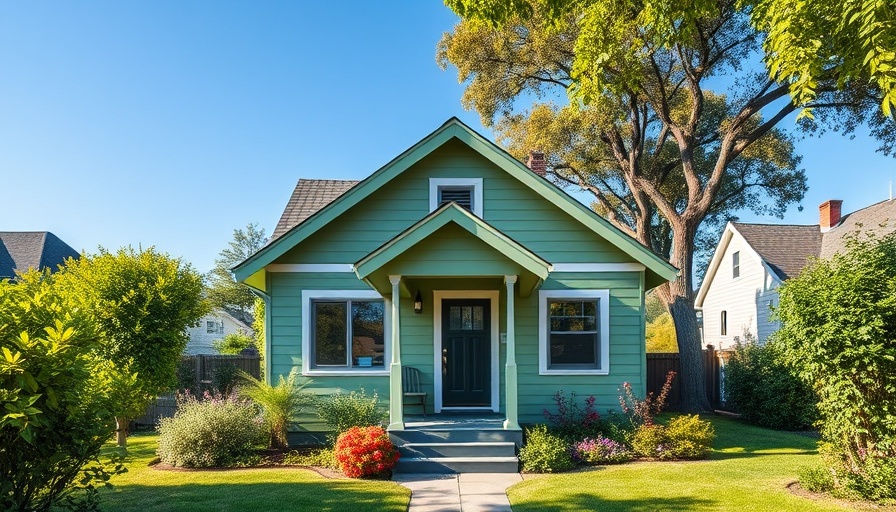
Understanding Adjustable-Rate Mortgages: What You Need to Know
If you’re exploring mortgage options, chances are you’ve encountered the term adjustable-rate mortgage (ARM). It’s crucial to grasp the fundamentals of how ARMs work to make informed decisions, particularly if you are considering homes for sale in popular markets like Denver or Miami.
What Is an Adjustable-Rate Mortgage?
An adjustable-rate mortgage, or ARM, is a type of home loan with an interest rate that fluctuates based on market conditions. Unlike fixed-rate mortgages that lock in an interest rate for the entire term, ARMs typically offer lower initial rates for a specified period before adjusting. This can be an appealing option for short-term buyers or those who plan to refinance.
The Phases of ARM Loans
ARMs generally consist of two distinct phases:
- Initial Fixed-Rate Period: Lasting from three to ten years, this phase features a low fixed interest rate that can make monthly payments more affordable.
- Adjustment Period: After the initial period ends, your interest rate adjusts annually or more frequently, based on a financial index plus a fixed margin determined by the lender.
Comparing ARMs with Fixed-Rate Mortgages
Understanding the pros and cons of adjustable-rate mortgages versus fixed-rate loans is essential:
| Criteria | ARM Loan | Fixed-Rate Mortgage |
|---|---|---|
| Interest Rate | Starts lower, adjusts later | Stays constant for the full term |
| Monthly Payment | Can increase or decrease | Consistent payment throughout |
| Best for | Short-term buyers/refinancers | Long-term homeowners |
Types of Adjustable-Rate Mortgages Explained
ARM loans are often classified by two numbers like 5/1 or 7/6, indicating the length of the fixed-rate period and how often the interest rate adjusts thereafter. Knowing which type suits your financial needs can significantly impact your budgeting and overall mortgage experience.
The Benefits of Choosing an ARM
One of the main advantages of an ARM is its lower initial rate compared to fixed-rate mortgages. This makes ARMs appealing for first-time homebuyers or anyone who anticipates selling or refinancing within the initial fixed period. However, understanding how rate adjustments work is critical to avoid unexpected increases in monthly payments.
Risks and Challenges: Are ARMs Right for You?
While the initial savings are attractive, ARMs carry the risk of higher payments once the rate adjusts. It is important to evaluate your long-term plans and financial stability to determine if an ARM fits your situation. Consulting with a knowledgeable real estate agent can provide insights into current market trends, helping you make informed decisions.
Concluding Thoughts on Adjustable-Rate Mortgages
As you navigate the intricate world of mortgage options, understanding adjustable-rate mortgages is paramount. Assessing your financial goals, market trends, and the economic climate can significantly influence your choice between an ARM and a fixed-rate mortgage.
By considering the elements discussed, you can better position yourself to find the best financing option for your new home. Delve deeper into real estate listings, explore different mortgage structures, and stay informed about market fluctuations to make confident housing choices.
 Add Row
Add Row  Add
Add 



Write A Comment